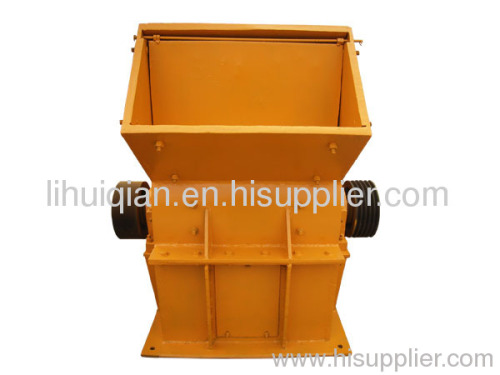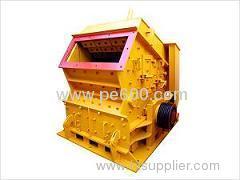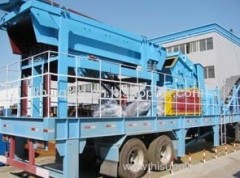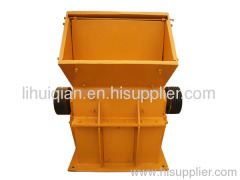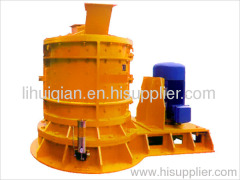
|
Jiangsu Zhongbo Heavy Machinery Co., Ltd.
|
Hammer Crusher
| Price: | 555.0~9999.0 USD |
| Payment Terms: | T/T,L/C,D/P,WU |
| Place of Origin: | Jiangsu, China (Mainland) |
|
|
|
| Add to My Favorites | |
| HiSupplier Escrow |
Product Detail
Hammer crusher is utilizing the impact effect to crush brittle material or medium hardness ore ( such as coal, limestone, gypsum, etc.).
1.Introduction of hammer crusher:
Hammer crusher is utilizing the impact effect to crush brittle material or medium hardness ore ( such as coal, limestone, gypsum, etc.) and weak abrasion material. It is widely used in coal mines, coal preparation plant and power plant, cement, metallurgy, refractory materials, stone and other industrial sectors. Since hammer crusher has certain blending and self-cleaning effect, it can break organic matter with moisture and oily. So the crusher also apply to chemicals, dyes, cosmetics, bran, carbon block and other material crushing.
2.Structure features:
Mainly composed of a box body, wheel, shaft, hammer, sieve, adjusting rack and a shaft coupling. Hammer, that is main component, also the main wear parts, usually is manufactured with high manganese steel or other alloy steels. The hammer head can turn on or around or adopt wear-resistant surfacing metal structure. The hammer crusher is characterized by large crushing ratio, low unit product energy consumption, compact volume, simple structure and high production capacity.
3.Working principle:
Hammer crusher's main working part is a rotor with a hammer, high-speed rotation of the hammer impact on the block. When the rotor rotates, the hammer under the effect of the inertial centrifugal force, is stretched outward as radially. The material block firstly is broken by the hammer and then by broken material, at high speed to strike plate or impact and crushing with each other. The lower part of the rotor is provided with a sieve. If the size of crushed material is less than the sieve size, it is discharged through the sieve plate, if not, continues to remain in the sieve and ground by the hammer, and finally discharged through the sieve plate.

